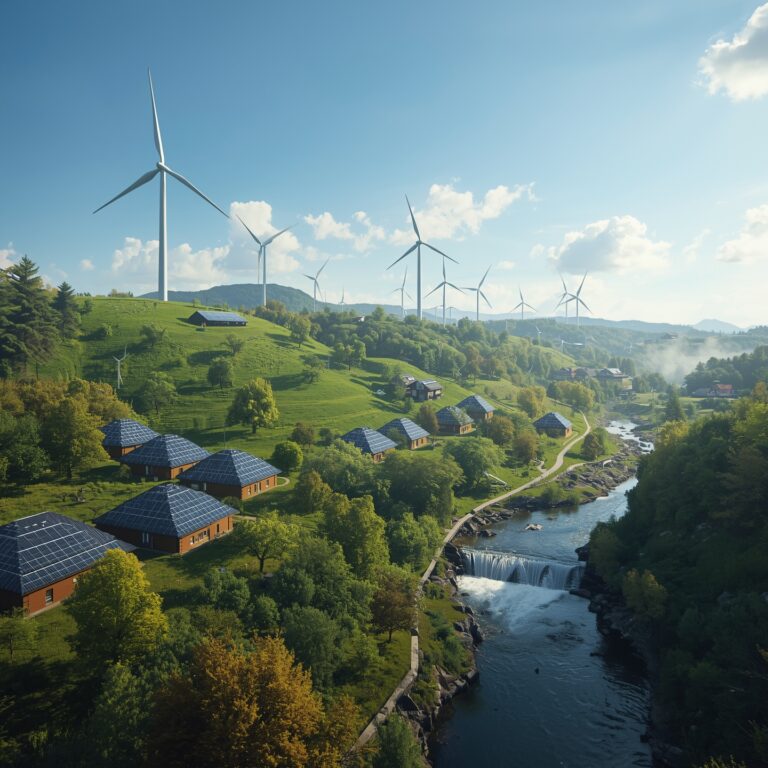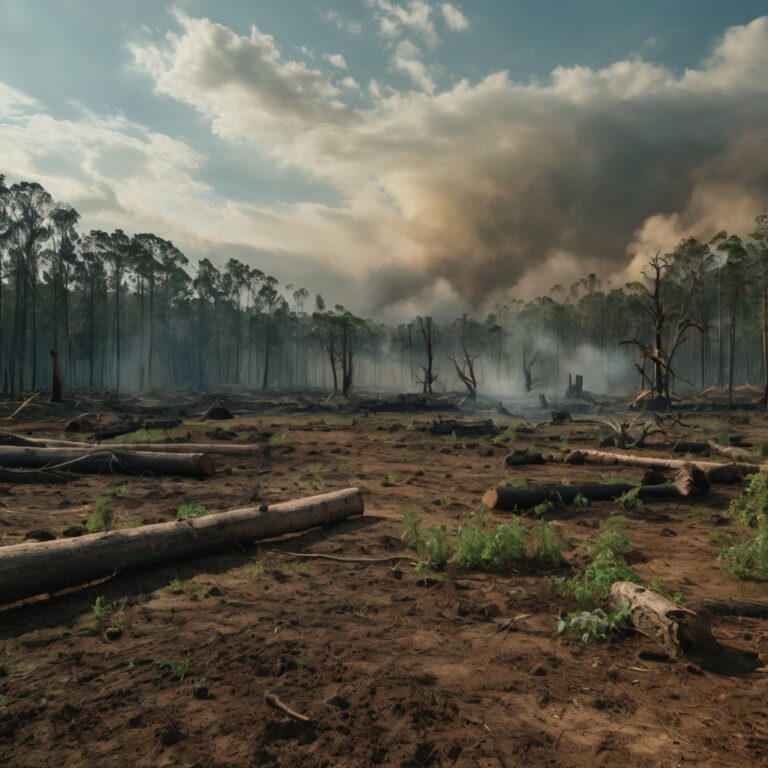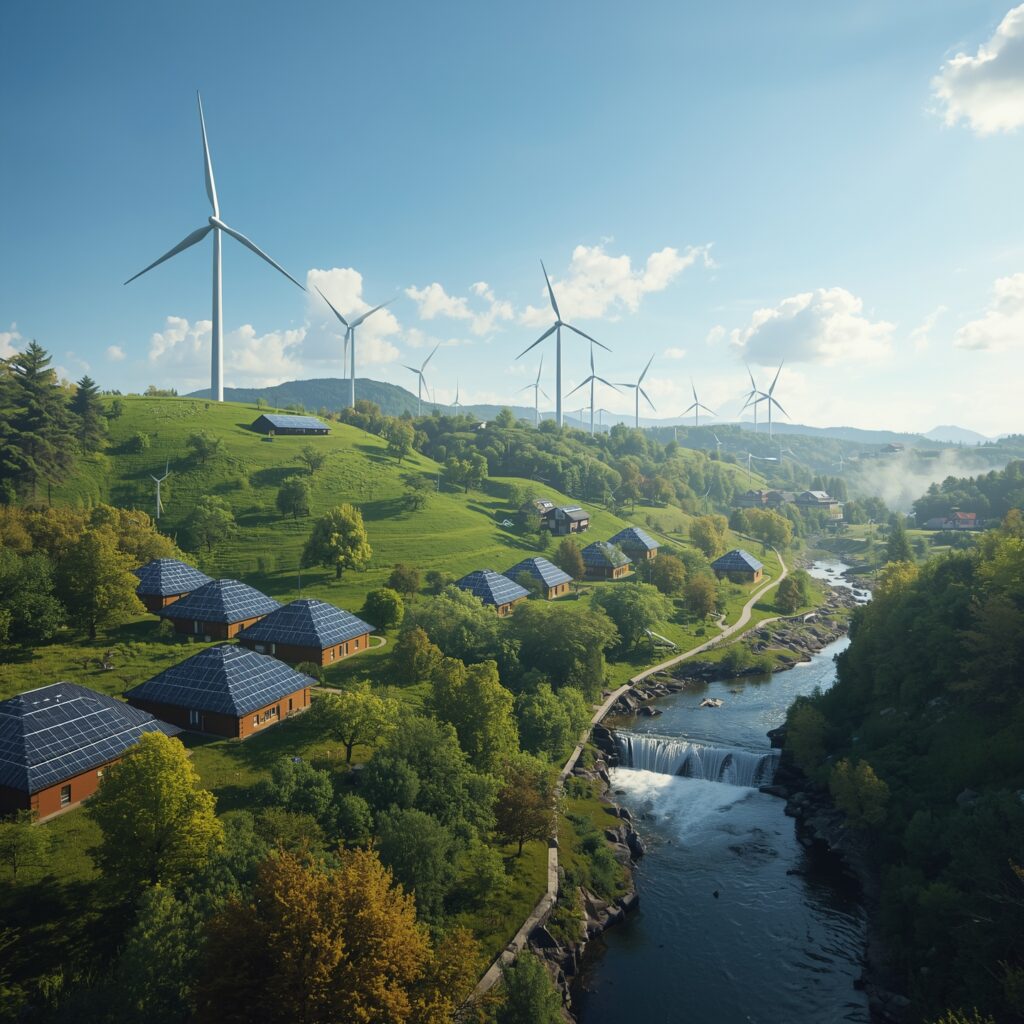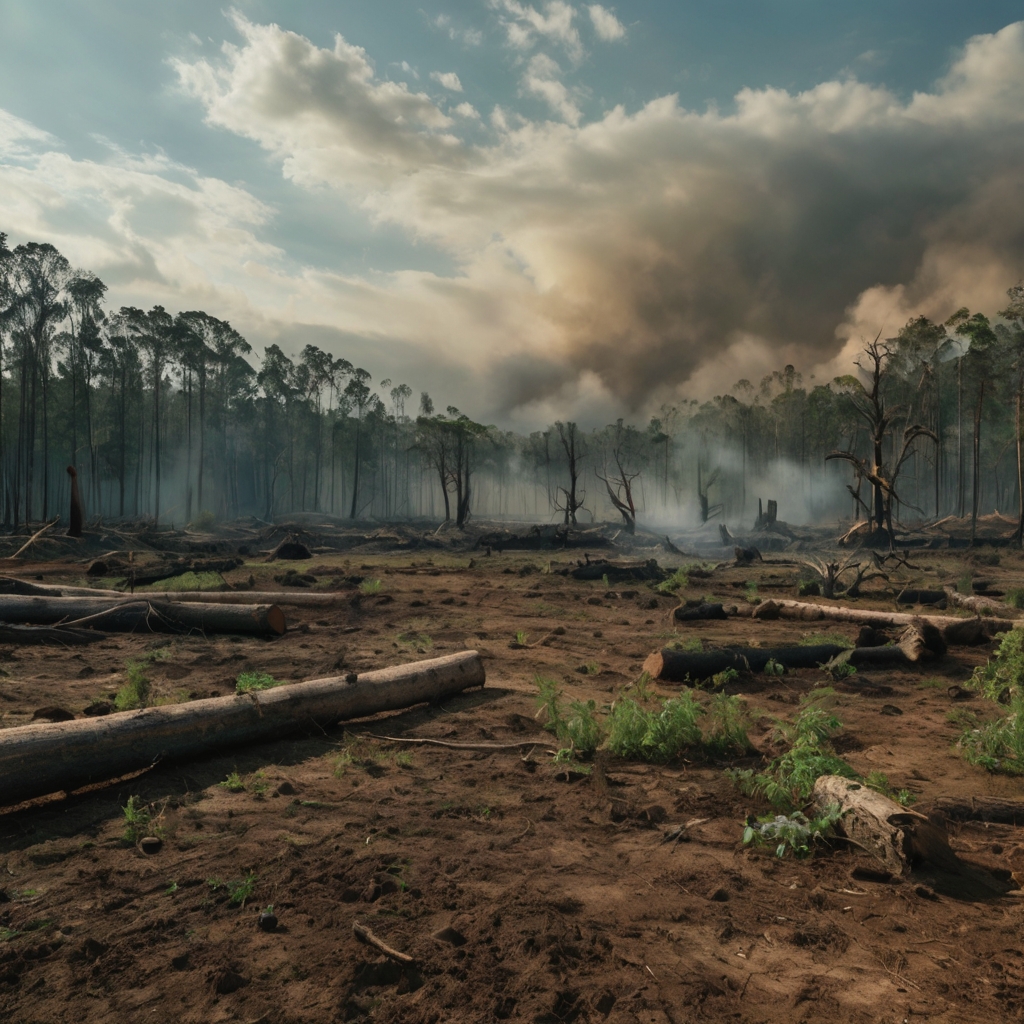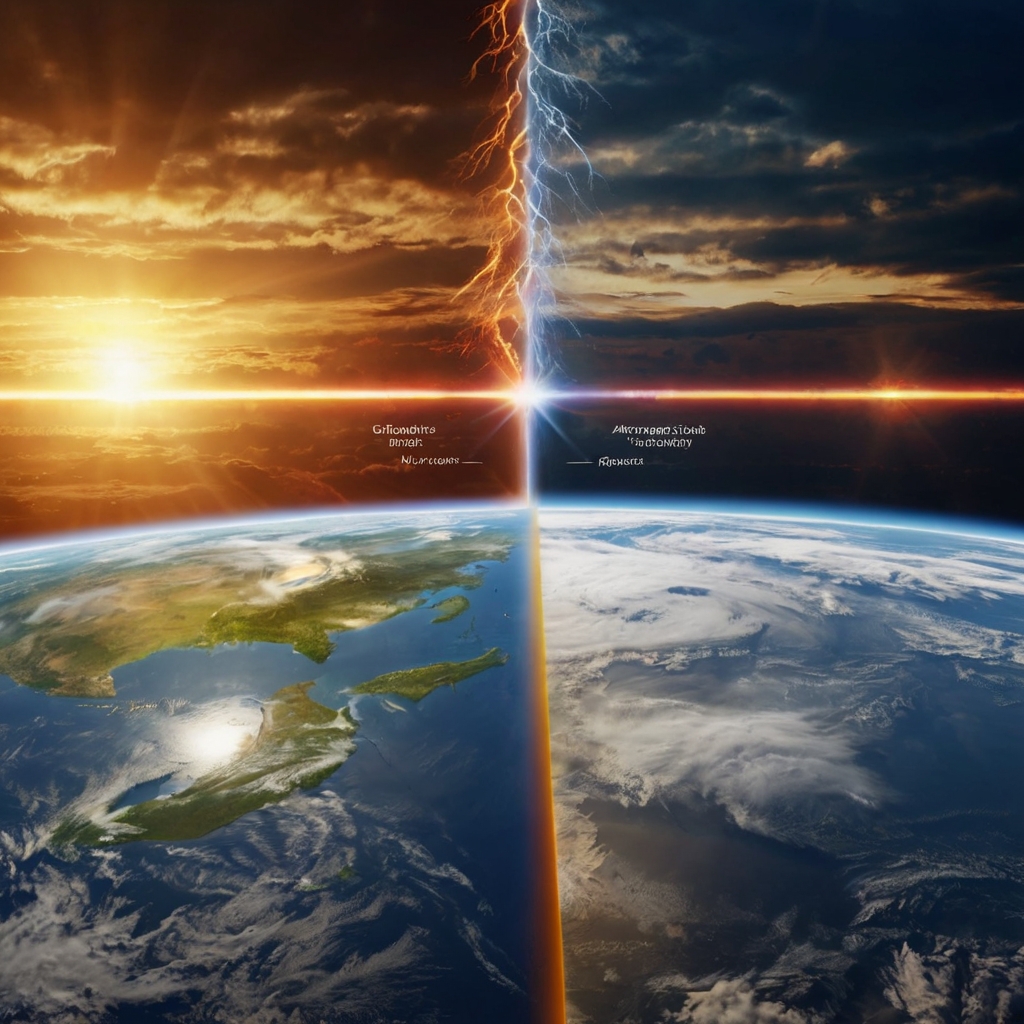Introduction to How Renewable Energy Helps Protect the Environment
Renewable energy plays a powerful role in protecting the environment. By using clean sources like solar, wind, and hydro, we reduce harmful pollution and fight climate change. Unlike fossil fuels, renewable energy doesn’t release large amounts of greenhouse gases or toxic waste. This means cleaner air, healthier ecosystems, and a safer future for everyone. As more people and governments shift to sustainable power, we’re seeing real progress in reducing environmental harm. In this article, you’ll learn how renewable energy works, why it matters, and how it supports a cleaner, greener planet for the long run.
What Is Renewable Energy?
Renewable energy comes from sources that naturally replenish over time—like sunlight, wind, rain, tides, and geothermal heat. These energy forms are considered sustainable because they don’t run out and have minimal environmental impact. Solar panels convert sunlight into electricity, wind turbines harness wind power, and hydropower stations use flowing water to generate energy. Unlike fossil fuels, which take millions of years to form and emit carbon dioxide when burned, renewable energy sources are clean, efficient, and becoming more accessible every year.
Why Renewable Energy Is Better for the Environment
One of the biggest advantages of renewable energy is its low environmental footprint. It significantly reduces greenhouse gas emissions, which are the main cause of climate change. Using renewable energy also helps cut down on air pollutants like sulfur dioxide and nitrogen oxides, improving air quality and reducing health risks. Wind and solar farms don’t produce waste, and they use far less water than coal or nuclear power plants. This makes renewable energy a safer, cleaner choice for both people and the planet.
How Renewable Energy Reduces Carbon Emissions
Carbon emissions from burning fossil fuels are a leading cause of global warming. Renewable energy sources like solar and wind don’t produce carbon dioxide during operation. By replacing coal or natural gas with renewables, we can slow the rise in global temperatures and reduce the impacts of climate change. For example, using solar power instead of coal can cut emissions by up to 90%. This switch also helps countries meet their climate goals and encourages a more sustainable global energy system.
Positive Impact on Ecosystems and Wildlife
Traditional energy production can harm ecosystems through air pollution, water contamination, and habitat destruction. Renewable energy, when responsibly developed, has a much smaller impact. Solar panels can be installed on rooftops, leaving natural habitats untouched. Offshore wind farms are carefully placed to avoid marine life disruption. Hydroelectric plants can even help manage ecosystems when paired with conservation strategies. The goal is to generate clean energy while preserving biodiversity and protecting wildlife for future generations.
Supporting Sustainable Economic Growth
Renewable energy isn’t just good for the planet—it also supports local economies. Clean energy industries create jobs in manufacturing, installation, and maintenance. From solar panel technicians to wind turbine engineers, the demand for skilled workers continues to grow. In many cases, renewables offer cheaper electricity over time, lowering energy costs for households and businesses. This affordability helps communities thrive and reduces reliance on imported fossil fuels, boosting energy security in the long run.
Addressing Challenges of Renewable Energy
While renewable energy has many benefits, it also comes with challenges. Sunlight and wind aren’t always available, which can affect energy supply. Storing energy for cloudy days or windless nights requires better battery technology. Some energy sources, like hydropower, need large amounts of land or can affect waterways. However, ongoing research and innovation are solving these issues. Governments and industries are investing in smart grids, energy storage, and hybrid systems to make renewables more reliable and efficient.
Everyday Ways to Support Renewable Energy
You can support clean energy in simple, meaningful ways. Choose an energy provider that offers renewable options, like wind or solar. Install solar panels on your home if possible. Support local or national policies that invest in green infrastructure. Reduce your overall energy use by turning off lights, using energy-efficient appliances, and insulating your home. Every small step adds up to a bigger impact—especially when millions of people work toward the same goal of environmental protection.
Final Thoughts on How Renewable Energy Helps the Environment
Renewable energy is a powerful tool in the fight against climate change. It cuts emissions, improves air and water quality, protects wildlife, and supports sustainable economic growth. While there are still challenges, the benefits far outweigh the downsides. By switching to clean energy, we’re making a long-term investment in our planet’s health and future. Whether you’re an individual, a business owner, or a policymaker, embracing renewables is one of the most impactful actions you can take to protect the environment.


